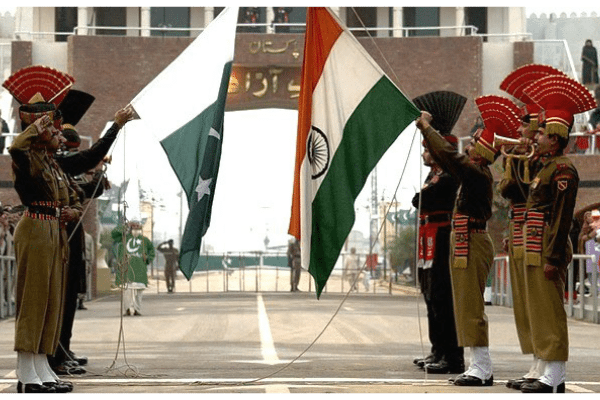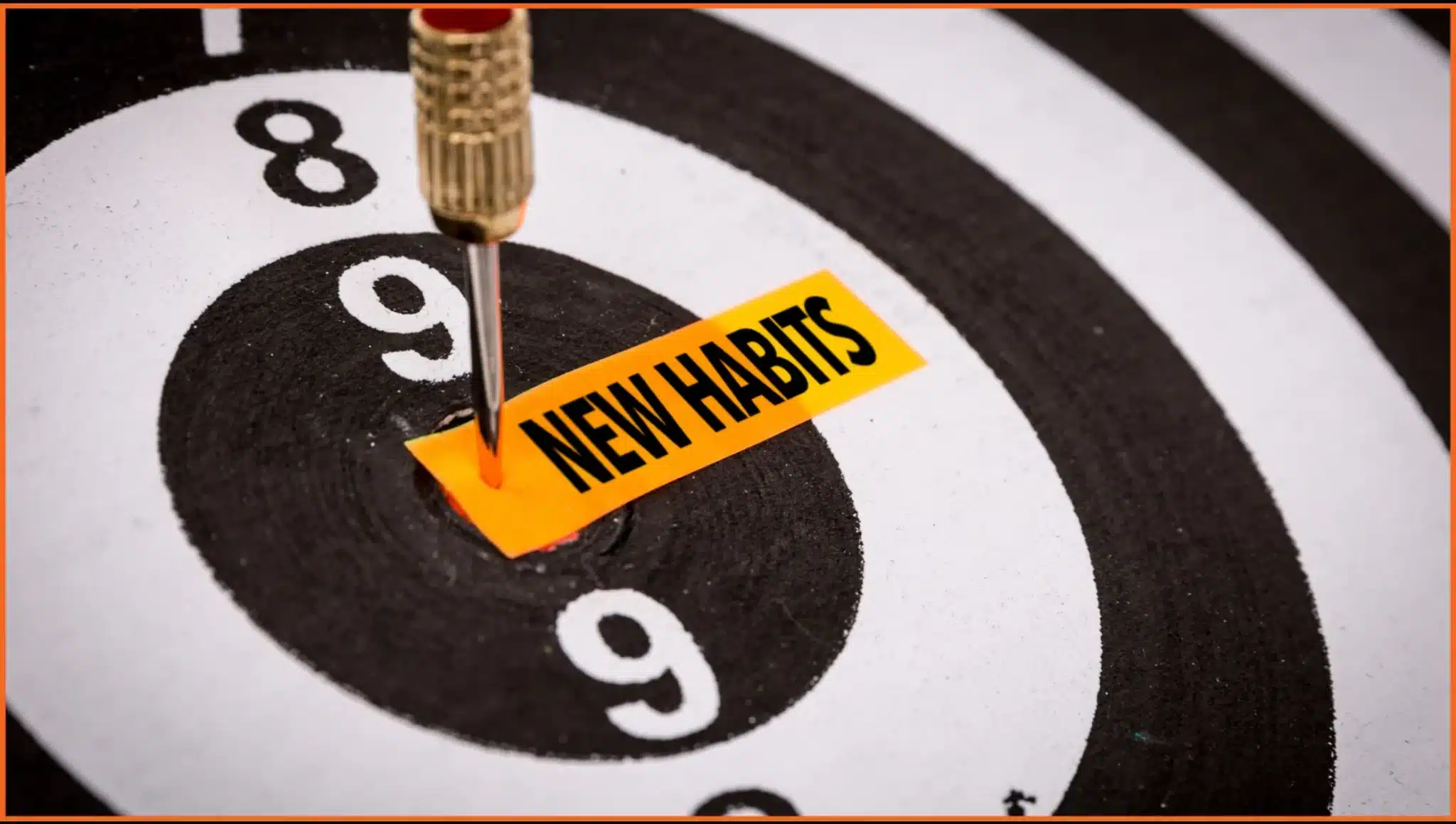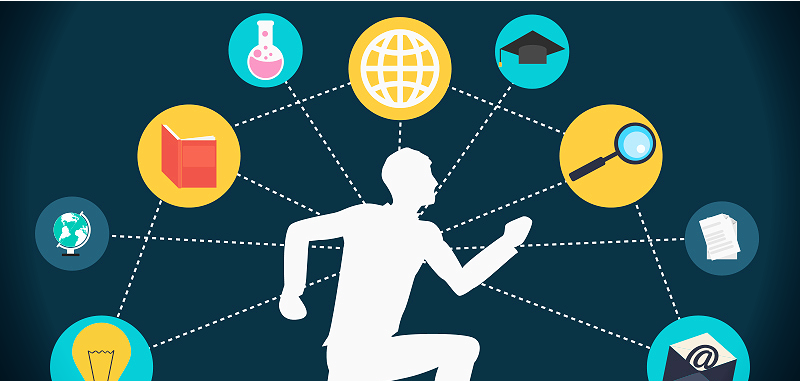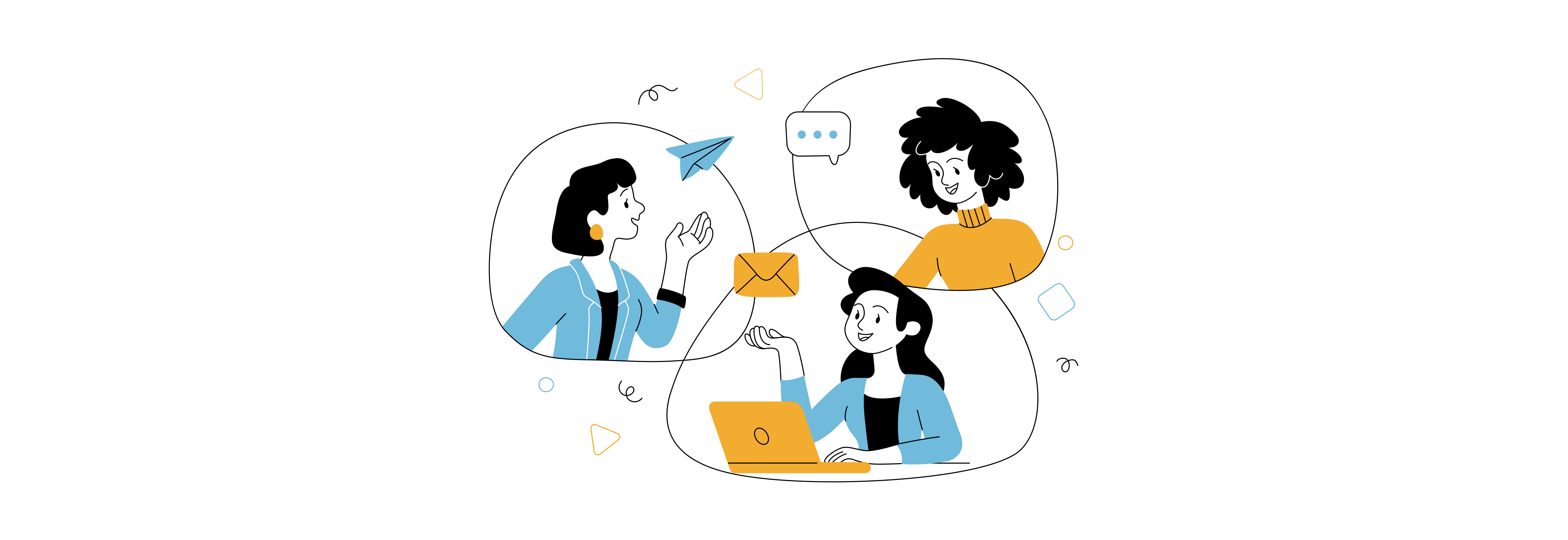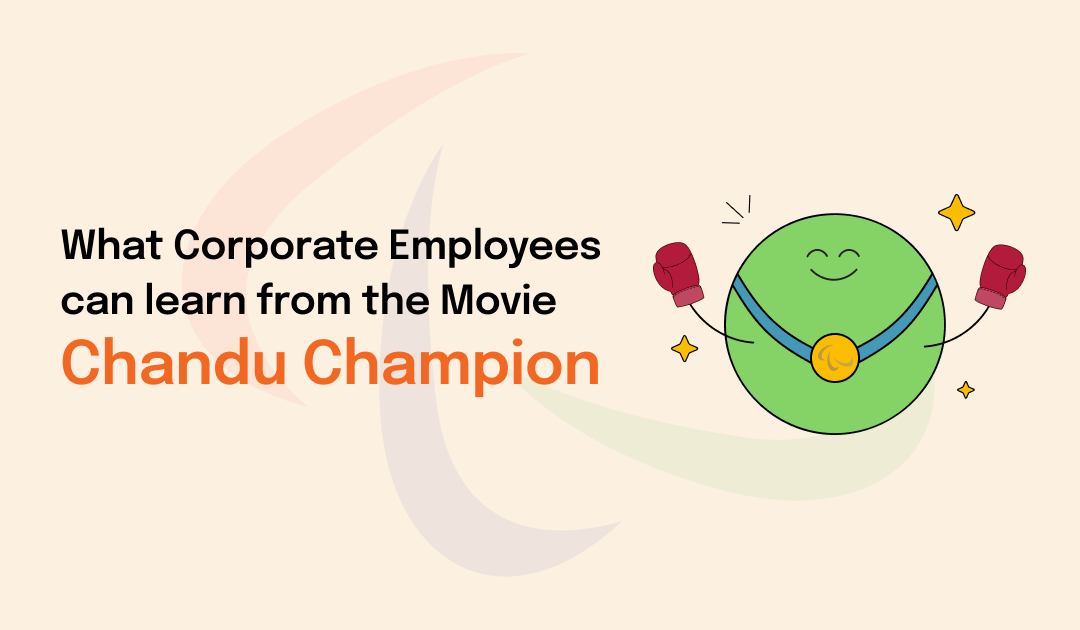It had been almost three months since I last took a long ride. My mind was craving that open-road calm, the kind that resets your thoughts. So I called up a few close friends and planned a ride to one of my all-time favorite destinations, Amritsar. There’s something magical about both the journey and the destination. But this time, something else stood out – an unexpected experience that turned into a powerful reflection on facilitation, leadership, and the human connection.
We reached Amritsar early in the day, energized and ready. Almost impulsively, we decided to ride further out to the Wagah Border.
For those unfamiliar, Wagah is the transit point and ceremonial gate between India and Pakistan. Every evening, around two hours before sunset, the famous border ceremony takes place. Thousands gather on both sides, waving flags, singing patriotic songs, and celebrating their nation. The energy is contagious. I had seen videos of it before, but nothing prepares you for witnessing it in person.
And while the goose-stepping guards and synchronized flag-lowering are incredible, what caught my attention wasn’t part of the official drill. It was someone else entirely – a man dressed in all white, holding a microphone, quietly moving through the crowd.
He wasn’t a soldier or a government official. He was the facilitator. The one getting the massive Indian crowd energized before the ceremony even began. And what a masterclass he delivered. Without realizing it, I was watching a live demonstration in leadership, facilitation, and crowd engagement that I will never forget.
Let me walk you through three powerful lessons I observed that day.
1. Building Connection Starts Before You Say a Word
Table of Contents
We arrived about 30 minutes before the ceremony was scheduled to begin. The sun was warm, the crowd was growing louder, and excitement was building.
That’s when I noticed him – the facilitator in white. For nearly 20 minutes, he didn’t say anything into the microphone. Instead, he simply walked among the crowd, smiling, waving, nodding, and soaking in the energy. He wasn’t trying to perform. He was just being present.
What struck me was how comfortable he seemed doing nothing. And yet, he was doing so much.
He made eye contact with children, clapped along with college groups dancing, exchanged warm greetings with elderly veterans in the front row, and silently mirrored the crowd’s energy. Slowly but surely, he became one of them. Not separate. Not superior. Just another excited human waiting for the moment to begin.
This, to me, was facilitation at its purest.
In the world of experiential learning and corporate facilitation, I’ve seen how difficult it can be to establish early rapport. Often, facilitators dive straight into content or use a generic icebreaker, hoping it will break the wall. But that rarely works if the energy doesn’t match the room.
What this man demonstrated was presence. Real presence.
Lesson for leaders and facilitators: You do not need to dominate the space to own it. Just be comfortable in your skin, make eye contact, smile genuinely, and read the room. The connection often begins long before the first word is spoken.
At FocusU, we often stress the power of presence over performance in our Facilitation Skills Training. And here I saw it being practiced at a scale I never imagined.
2. Be Animated. Because Energy Is Contagious
Once the microphone was finally turned on, the facilitator’s tone shifted. He was not just present anymore, he was commanding the space.
Picture this. Over 3,000 people on one side. A sea of faces, all noisy, excited, and distracted in their own ways. Getting their attention is hard. Keeping it is even harder. Yet he made it look effortless.
He launched into chants. “Bharat Mata ki…!” and the crowd roared, “Jai!” He challenged sections to out-cheer one another. “This side, can you be louder than the youth on that side?” It worked like magic.
But here’s what I noticed most: his body did half the talking. His gestures were big, his stance was grounded, and his face was expressive. He used silence just as effectively as sound. When he paused, people leaned in. When he smiled, they smiled back.
His physicality wasn’t for show. It was strategic. It was communication.
Lesson for leaders and facilitators: Whether you are leading a team meeting, delivering a keynote, or conducting a training session, your energy sets the tone. Not your slides. Not your script. You.
Animated doesn’t mean dramatic. It means alive. It means aware that your body, tone, pacing, and expression are tools. When used with care, they help you influence a room far more than words alone.
This is especially critical when the audience is large or diverse. Your ability to channel energy across different sections can create shared ownership. When they see that you are into it, they want to be too.
And this applies to managers as well. Whether you’re giving feedback or rallying your team before a big deadline, how you show up often matters more than what you say.
3. Don’t Lose Control Just Because You’re Having Fun
Now here’s the part that surprised me the most.
The facilitator didn’t just hype the crowd and let chaos unfold. At no point did the energy spill into disorder. He danced with people, shouted slogans, and even joined conga lines of children waving flags. But the moment he needed to bring the crowd back, he could.
One time, the music got a little too loud and the crowd started pushing forward. I watched him pause, raise his hand, and give a sharp, clear instruction – “Let’s stay in our places. Everyone will get a turn.” The crowd responded immediately.
He wasn’t aggressive. He wasn’t pleading. He was assertive.
He did this multiple times, weaving safety reminders and respectful behavior into the fun without being preachy. And it worked. The entire experience remained structured, despite the emotion and energy running high.
That, to me, is leadership. Enjoying the moment with your team without forgetting your role as the guide.
Lesson for leaders and facilitators: It is easy to get carried away when people are excited. Whether you’re running a team offsite, a brainstorming session, or a celebration, staying grounded is essential.
You are responsible not just for engagement, but for safety, inclusivity, time, and flow. You can laugh, play, and even dance with your team. But never forget who’s holding the space.
In our Team Bonding Programs, we often speak about the balance between connect and control. Too much of either, and you lose effectiveness. But when the balance is just right, the result is magic.
Beyond Borders: How This Applies to Us in the Corporate World
When I returned from the trip, I kept thinking about what I had seen.
Here was a person, unknown to most, who held the attention of thousands without a title, a formal agenda, or any material tools. All he had was himself. And yet, he left a lasting impact.
I realized that these same lessons apply in almost every professional setting. Whether you are an HR leader running an orientation, a team manager facilitating a difficult conversation, or an L&D professional designing workshops – your presence, energy, and control are your tools.
And just like at Wagah, your audience is diverse. Some are excited. Some are skeptical. Some are silently observing. Your ability to create inclusion, drive energy, and maintain structure is what makes you effective.
In today’s hybrid and remote workplaces, this becomes even more critical. The facilitator mindset of connecting deeply, energizing intentionally, and guiding responsibly, is not just for workshops. It’s for every meeting, every conversation, every team moment.
Final Reflection: Go Experience It for Yourself
I can write a thousand words about it, but the truth is, you have to feel it.
If you ever get the chance, go experience the Wagah Border ceremony. It is more than a show. It is a living example of energy, engagement, and leadership in action.
As someone who has been in the learning and development space for a while now, I walked away from that evening not just inspired, but deeply reflective. About how we hold space for others. About how we show up. And about how we can bring joy, order, and purpose into our work – all at once.
And the best part? You do not need a microphone or a border to do it. Just a little presence, a little energy, and the courage to lead with heart.
